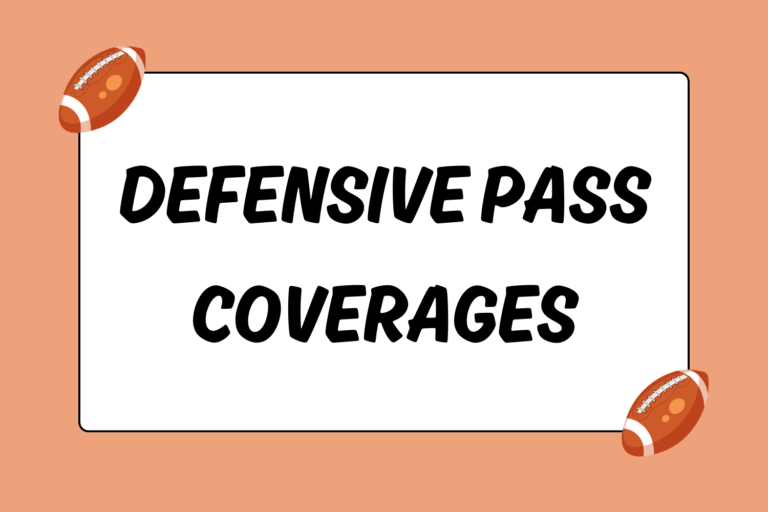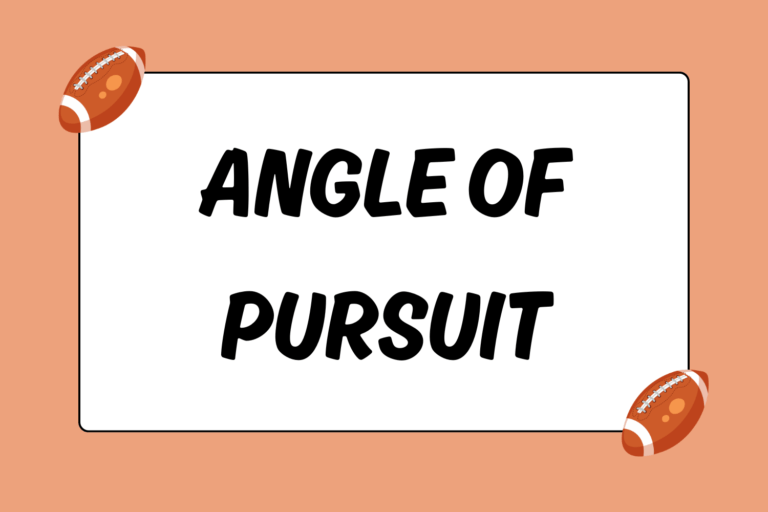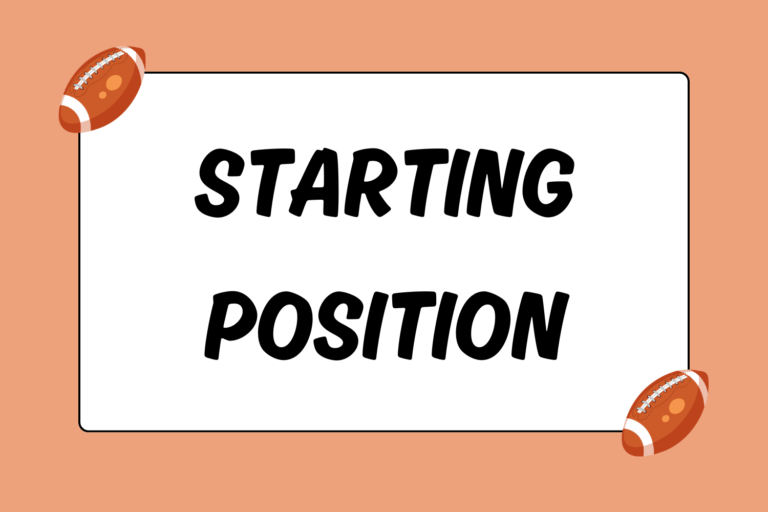In football there are two offensive options: Run the ball, or pass it. The particular set of plays a team uses on offense creates a unique identity; this offensive identity is commonly referred to as a ‘scheme.’
Different teams use different schemes based on the philosophy and experience of the coaching staff, as well as the types of offensive players available. Some schemes rely on one type of play over most others, though all offensive schemes feature at least a little bit of variety in the type of plays used.
There are basically three categories of offensive schemes:
- Run-heavy: These schemes are based around a large number of running plays. Passing plays are used only in certain field-position situations (third and long, for example).
- Balanced: These schemes feature a roughly equal number of running and passing plays, and use each at about the same rate.
- Pass-heavy: These schemes rely on many different passing plays, with different numbers of receivers and various pass routes used to keep the defense guessing. Running plays are mostly used in certain field-position situations (third and short, for example).
This guide looks at the core characteristics and ideas behind three of the more common offensive schemes, each one an example of a run-heavy, balanced, and pass-heavy scheme.
Mental Edge
By nature, running plays are less risky than passing plays, mostly because run plays allow the offense to maintain secure possession of the ball for the entire play. When the ball is thrown, there is a greater degree of risk involved, as the offensive team has to momentarily give up that secure possession in favor of quickly gaining more yards with a pass.
In other words, running plays are safer but normally gain fewer yards than passing plays, which are riskier but have the potential for a higher payout.
The Option Offense (Run-heavy)
While it’s technically a type of run play, the option is at the core of many teams’ offensive scheme. In other words, teams that run the option use it as the basis of their offensive strategy, though it’s likely not the only play that used. Although the option can be run out of a number of different formations, it’s the mechanisms of the option itself that form the basis of the offensive scheme.
Main Characteristics
The term ‘option’ comes from the fact that there are several choices inherent in the structure of the option play. The number and type of choices differ based on the specific formation and personnel used, but at the core of the option is a set of at least two different choices for the direction of the play.
One element is constantly crucial to the success of the option: An intelligent quarterback. Just before every play, it is the QB’s job to evaluate the defensive formation. During the play itself, it’s the QB’s job to make a lightning-fast decision about which choice is best.
Here’s a breakdown of the option at work:
First, the quarterback snaps the ball, and the play starts. He immediately surveys the defense, noting which players are attacking and where they’re coming from.
The quarterback runs through the choices he has in his mind:
- Immediately hand the ball off to the left-side running back, who is running a dive play. This is the first option.
- Fake a handoff to the left running back, turn and run along the line of scrimmage, and cut up field. This is the second option.
- Head to the right, keeping the right-side running back at a 45-degree angle from him; if the quarterback is quickly met by defenders, he can pitch the ball off to this running back. This is the third option.
This is a generic example of the option play. There are many types of formations from which the option can be run, as well as many different types of option-style plays that can be run (including some passes). However, all of them feature the sort of decision-making process detailed above.
The Spread Offense (Balanced)
Much like the name suggests, the key behind the spread offense is that it spreads offensive players across the field. As a result, the defensive players covering them are also spread around. This spreading of players creates more room for the offense to work, or at least that’s the idea. While the spread fields at least three wide receivers (and as many as five), it can be used to launch both rushing and passing attacks.
Main Characteristics
The success of the spread offense depends on two things: A quarterback capable of calling plays at the LOS; and a combination of versatility and mobility. Because both run and pass plays can be executed from the spread with equal ease, it’s crucial that the quarterback is able to quickly examine the defensive formation and call the right play.
Here are a few examples of how the spread offense relies on versatility and mobility:
- Most often, the quarterback will start in a shotgun formation. This allows the QB to move laterally behind the LOS, which makes the defense react to that movement (possibly creating a hole in the coverage) and provides the QB a clearer opportunity to determine the best play to make. It also allows the QB to quickly hand off or pass the ball.
- Adding extra receivers will force the defense to cover them with slower players (linebackers and D-ends), making the passing attack that much stronger. The other choice is that the defense substitutes linebackers or linemen for extra D-backs, which opens up the potential for a successful running play.
- Shorter pass routes, usually no more than 15 yards down field, give defensive players less time to react and get into a position where they could disrupt the play.
Regardless of what kind of plays a team executes from the spread, it is a great example of an offensive scheme that is purposefully created to allow both running and passing plays with equal success.
The West Coast Offense (Pass-heavy)
The west coast offense relies on the quarterback’s ability to throw and complete many different types of passes. It can be utilized in different formations, although one of the core pieces of the west coast offense is the effective use of multiple receivers. Wide receivers, tight ends, and running backs all routinely run routes in this scheme.
Main Characteristics
The strategy behind the west coast offense is built around the concept of throwing the ball to areas of the field in close proximity to the LOS. This is done for several reasons:
- Shorter routes are statistically safer, and require less time to set up, making them harder for defensive players to cover.
- It takes much less time for the quarterback to throw to a receiver who is 10 yards away rather than 30 yards down field. This means less time and opportunity for the defense to make a play for the ball.
- Repeatedly throwing short passes frustrates D-backs. They usually start to creep up closer to the LOS after several completed short passes, which leaves the defense very vulnerable to a deep pass.
- Defenses will sometimes compensate for multiple receivers running short routes by pulling more D-players into pass coverage, which makes for a great time to launch a running attack.
In terms of the ideal personnel, a variety of receivers (size, speed, route preference) does work nicely. More important than that, however, is the chemistry between the QB and receivers; a QB who knows exactly where his receivers will run, and where they prefer the ball to be thrown, is a force to be reckoned with in a west coast scheme.
Schemes Pick Their Teams
These are definitely not the only offensive schemes that exist in the game, but they are some of the more common ones. More important than understanding how the different schemes work is the ability to recognize which scheme best fits with a team’s players. Many teams have crashed and burned because the coaching staff was trying to force the offensive players into a scheme that didn’t work for them. Just because it looks good on paper doesn’t mean it’ll work in the real world.





